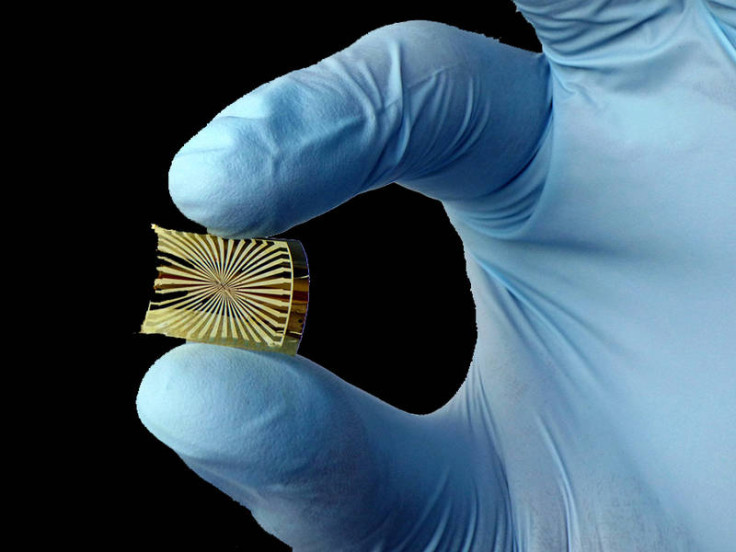Graphene Retinas Could Help Give Sight to the Blind

Researchers are using graphene to develop artificial retinas that could be used as optical prostheses to help blind people see again.
A team of physicists led by Jose Garrido at the Technische Universitat Munchen (TUM) in Germany revealed their work through the university's website and announced that they have been admitted to the European Union's Graphene Flagship Programme to continue their research.
The retina implants work by converting incident light into electrical impulses that can be sent to the brain through the optical nerve. In the brain the signals are then converted into images, allowing blind people whose optical nerves are sill intact to see.
What is graphene?
Graphene is a material made of a single layer of carbon atoms arranged in a honeycomb lattice. The discovery of graphene at the University of Manchester in 2003 earned Andre Geim and Konstantin Novoselov the Nobel Prize in Physics due to its outstanding properties.
Retina implants that have been developed in the past have been mostly unsuccessful due to the material being rejected by the body.
Graphene is significantly more biocampatible compared to traditional materials due to its flexibility and chemical durability.
Vast potential
Graphene has been hailed by many as a revolutionary substance since its discovery in 2003 at the University of Manchester by Physicists Andre Geim and Konstantin Novoselov.
The list of graphene's commercial applications is vast due to it being 200 times stronger than steel, more conductive than copper and as flexible as rubber. One area of particular interest is in the field of medical technology.
Such applications include disinfecting hospitals, detecting cancerous tumours, sequencing DNA and delivering drugs.
The Graphene Flagship Programme that the TUM team will be joining is the EU's largest ever research initiative, with a total budget of €1 billion (£800 million).
It states its aim as "taking graphene from the realm of academic laboratories into European society in the space of ten years, thus generating economic growth, new jobs and new opportunities for Europeans as both investors and employees."
© Copyright IBTimes 2025. All rights reserved.





















